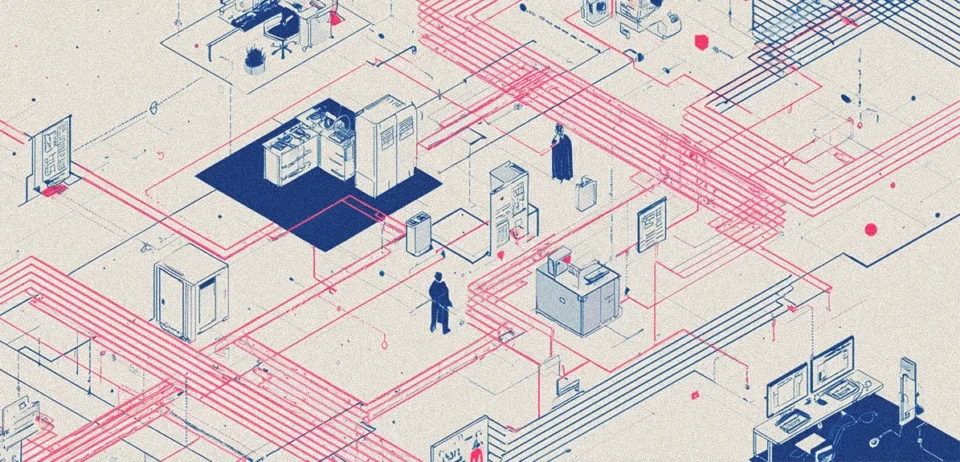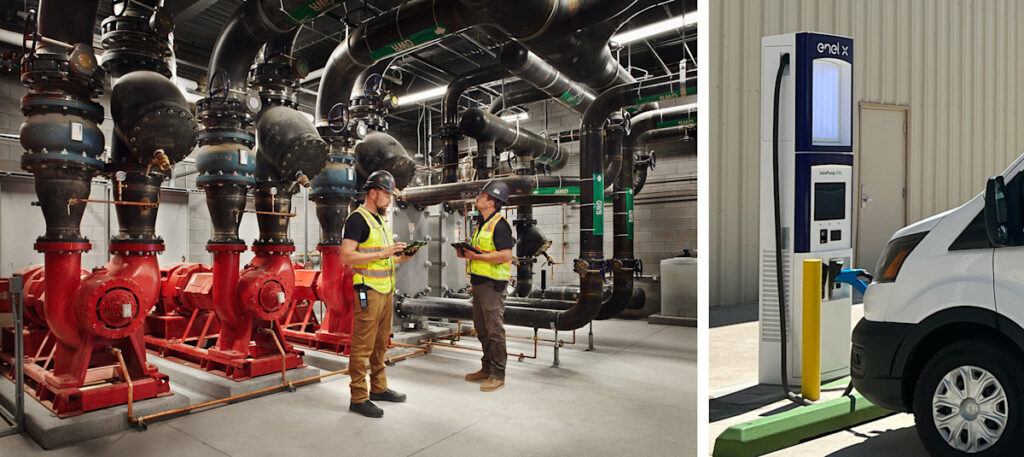
The Climate Cost Lurking Behind Streaming Service Sustainability
My day started with watching a terrifying story about a small town in South Memphis. Ester Knox, a long-time resident of Boxtown, shared her concerns about the AI Data centers of Elon Musk’s Grok AI.
The summary version of the story is that the whole town suffers from asthma and gas smells from the time the residents wake up and go about their days. Sustainability practices are at stake, and people’s lives are a joke in the face of digital advancement. While the story was about AI data centers, it reminded me of the large data centers of Netflix and YouTube. I wanted to understand more about streaming services and their impact on ecology and the environment.
Digital technology is evolving today, and the shadow it casts should concern users and administrators!
Sustainability is a broad category for brands to act upon, and we must know how they are navigating the pertinent issues. The convenience of clicking “Play” on our favorite show, film, or podcast often feels weightless. But behind high-speed streaming lies a rarely discussed issue—sustainability.
Let’s dive deep into streaming services and their data centers, and see if they are adopting sustainability, if at all.
Streaming Service sustainability: a big question mark
Streaming service sustainability refers to the environmental responsibility of delivering digital media through platforms like Netflix, Amazon Prime, YouTube, and Spotify.
It includes the energy consumption and emissions generated by data centers, content delivery networks (CDNs), and the user devices that receive and play content.
It also involves the broader impact of producing and hosting content, including using cloud infrastructure and supporting technologies.
While tech companies have often positioned their cloud and AI services as efficient or green, streaming introduces constant, passive consumption at a massive scale.
With the exponential growth of video and audio content, sustainability has become a metric that streaming giants cannot and should not ignore.
As digital consumption rises, the question becomes louder. How environmentally responsible are streaming services?
The red flag of streaming services on sustainability
Most users don’t realize that watching a video online or binge-watching Netflix originals has a carbon cost. Storing, processing, and transmitting high-definition video through the internet uses a surprising amount of electricity.
Data centers, which house servers and store vast content libraries, are the backbone of streaming. They need continuous power and massive cooling systems to prevent overheating.
How streaming affects the environment
A single hour of HD streaming can produce up to 100 grams of CO₂, depending on the device and internet infrastructure. When multiplied by billions of users globally, this consumption scales into millions of tons of emissions annually.
Add to this the production and replacement of smart TVs, smartphones, tablets, and laptops—each contributing to e-waste and mining rare earth elements—and the sustainability issue gets even murkier.
Netflix and Disney+ have pledged climate goals, with ambitions to run on renewable energy and lower emissions across their production and office spaces. But many platforms still lack transparency. Tubi, for example, has no visible climate commitment.

Amazon’s Prime Video, built on AWS infrastructure, indirectly benefits from AWS’s renewable energy roadmap but doesn’t report Prime-specific emissions. Smaller platforms either rely on greener third-party delivery networks or avoid reporting altogether.
Marketing’s role in the sustainability of streaming services
Marketers are not just passive observers in this ecosystem but active contributors. As more brands allocate media spend to connected TV (CTV), programmatic video, and YouTube ads, the streaming supply chain becomes even more crowded.
Ad agencies often optimize for reach, impressions, and completion rates, not carbon cost. Few consider the impact of autoplay ads or real-time targeting models on the environment.
Moreover, the growing obsession with video-first marketing means brands produce more video content than ever. Each branded video must be hosted, streamed, analyzed, and sometimes adapted for different platforms, adding to server loads and emissions.
It’s a cycle that keeps feeding itself, with sustainability left out of the performance metrics.
Why advertising through streaming services should be the talk of the town
Sustainability conversations often leave out one booming contributor: advertising. As brands pour budgets into programmatic video ads, pre-rolls, and in-stream placements, the energy cost of hosting and serving these ads has become part of the problem.
Digital ads, especially video-based ones, are embedded into nearly every viewing session. On platforms like Hulu, Peacock, and YouTube, viewers are shown targeted ad content before, during, or after main content.
These ads are delivered through the same servers and CDNs that power entertainment streaming. In short, they’re adding load without viewers even realizing it.
Furthermore, targeted advertising requires data collection and real-time processing. Each impression generates microdata and feedback loops for analytics, which means more server hits, more database queries, and more electricity burned.
As brands chase attention through flashy video formats, the backend systems are working harder than ever, generating more digital emissions than most CMOs know.
What are the solutions to maintain streaming service sustainability
The answer is that sustainability is built into the digital strategy from the start.
Streaming services must invest in green data centers, heat recovery systems, and transparent emissions reporting.
At the same time, brands and agencies must push for sustainability disclosures in media buying. Imagine programmatic ad platforms with a “carbon impact” filter, or creative teams that optimize file sizes and video length for environmental efficiency.
There is also room for user-side awareness. Encouraging lower streaming resolutions, using Wi-Fi instead of mobile data, and turning off autoplay can reduce individual impact.
Cut to the chase
Streaming services have revolutionized how we consume media. But, from massive data centers and advertising engines to billions of auto-played videos, the sustainability of streaming services is posing questions. For an industry built on innovation, now is the time to rethink what it means to stream responsibly.

